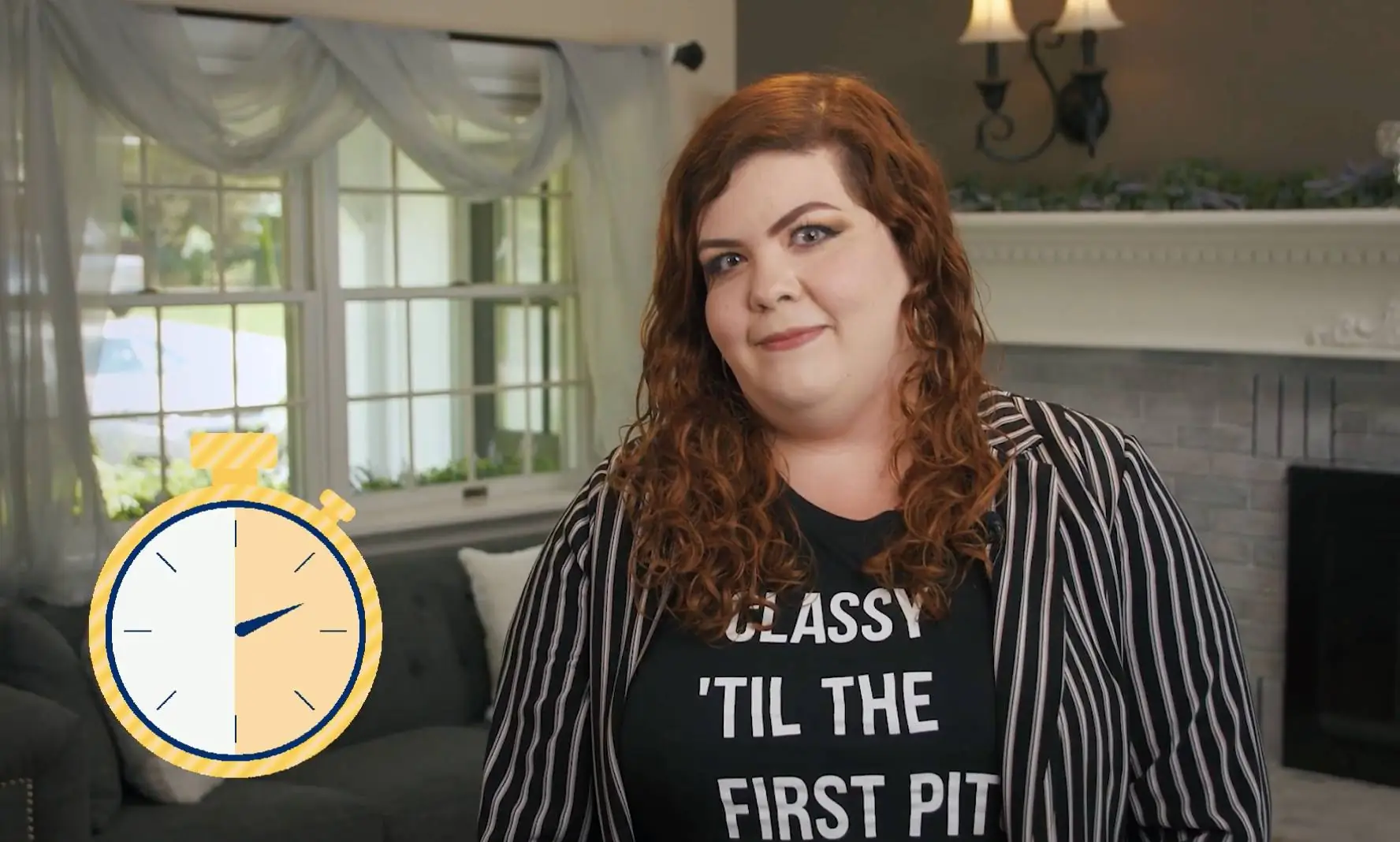When Physical Therapist Brittney Cappiello founded My Core Floor in 2016, she had a three-month waiting list for new patients. As one of the only pelvic floor physical therapists in the area, Brittney was sought out by women for their ongoing issues, many of them telling her they had been suffering for years before finally making an appointment.
Today, Brittney’s waiting list is even longer, but My Core Floor is helping women all over the world with core strength and pelvic floor rehabilitation. The online exercise and educational platform offers live classes, reading material, and community support for a monthly fee. It currently has more than 700 active users (women typically spend about six months improving pelvic floor health via My Core Floor). A related free Facebook group has more than 10,000 followers. And Brittney gets regular emails and messages from women who are using her program to work through their pelvic floor issues and improve their quality of life.
One in three women have pelvic floor issues. “There’s still a level of shame and embarrassment around pelvic health,” Brittney said, noting that many women are told symptoms like urinary incontinence, pain, and prolapse are just what happens to women after childbirth or menopause. “When women hear these things, they stop talking to their doctors. The virtual platform gives women access to information they need—and to a good, reliable resource from anywhere.”
Based in Adams, Mass., Brittney has been proactive about bringing her content and message to the widest audience possible. She’s added three employees: another physical therapist, a physical therapist assistant, and an administrative assistant. Though the business keeps growing, “right now, we’re working to find places where we can broaden our reach,” she said.
Opportunities for growth
For years, Brittney has been working with about a half-dozen physical therapy clinics across the U.S., finding ways to provide the program to women as a take-home regimen. Insurance reimbursement and staffing challenges make PT clinic sponsors complicated, so she’s looking at other opportunities.
She’s partnered with a gym in Virginia, bringing in a local pelvic floor physical therapist assistant to run classes, and hopes to develop more of these partnerships in the next few years. Brittney is also looking to develop an educational program for high schools. She noted that, as a mom whose kids are finishing up their high school years, she’s seen pelvic health issues joked about too many times.
Brittney also has a built-in customer research system–the 10,000 women in My Core Floor’s Facebook group. She asks them what they’re looking for, and tries to match her offerings (and direct-to-consumer marketing efforts) to their needs. She started running a free workshop series this year. “We’re getting a really good turnout,” she said. “That’s also leading to increased signups.”
Another outreach initiative involves developing educational material to bring people in–like blog posts about certain niche topics like prolapse, pain with sex, and why you don’t need expensive workout equipment to improve your situation. Brittney said she’s committed to putting out useful information for a health-and-fitness niche with scarce resources. “I would ultimately love to find a way for women everywhere to access this information for free,” she said.
“I want women to use their own bodies as a tool to get better,” she added. “You don’t need a $400 pair of electronic shorts, expensive devices, or new fancy pelvic floor workout equipment. You need to spend a few minutes out of every day to move with purpose.”



